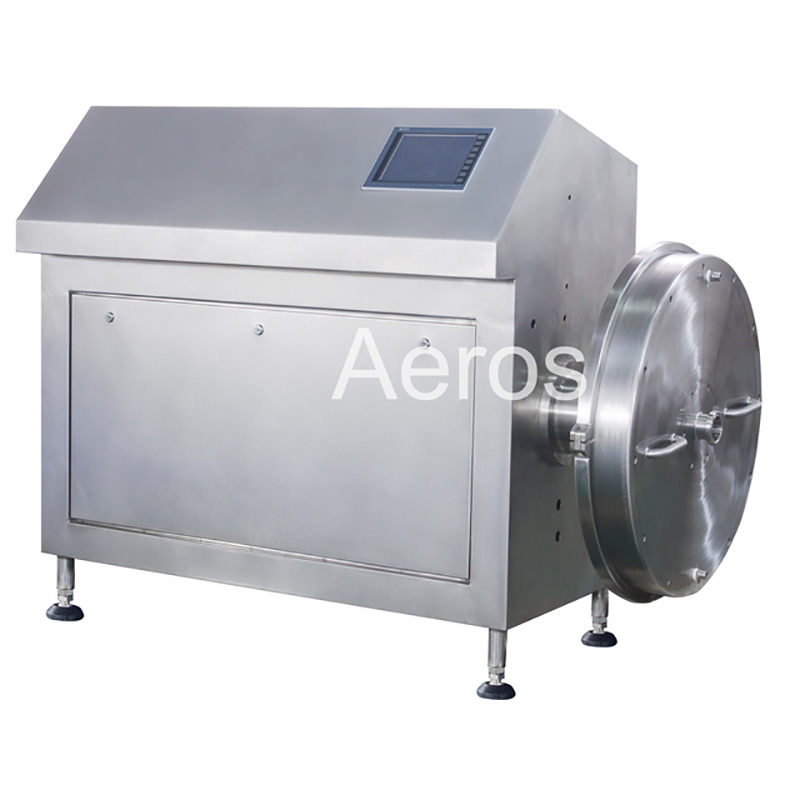PRODUCT APPLICATION
Quality and service are the core competitiveness of Aeros. All our services aim to achieve a common goal: maintain stable production and maintain high productivity of equipment in the service cycle.
What is the principle of Latex continuous aerator
Latex continuous aerator is a method of violent contact between air and water. Its purpose is to dissolve the oxygen in the air in the water, or release unnecessary gases and volatile substances in the water into the air. In other words, it is a way to promote the exchange of matter between gases and liquids. It also has some other important effects like mixing and stirring. Latex continuous aerator The oxygen in the air is transferred to the water through aeration, and the oxygen is transferred from the gas phase to the liquid phase. This loose mass transfer theory was widely used at that time. The double-membrane theory proposed by Lewis and Whitman .

The double-film theory holds that there are gas film and liquid film on the "air-water" interface, and there are air and liquid flowing outside the gas film and liquid film, which is a turbulent flow state; the gas film and liquid film are in a laminar flow state, There is no convection, and pressure gradients and concentration gradients will appear under certain conditions. If the concentration of oxygen in the liquid film is lower than the full concentration of oxygen in the water, the oxygen in the air will continue to loosen inward and penetrate the liquid film into the water body, so the liquid film and the gas film will become the barrier of oxygen transfer. This is the double film theory. Obviously, the most effective way to overcome the liquid film barrier is to rapidly change the "air-liquid" interface. This is exactly the case for aeration and mixing. The specific method is: reduce the size of the bubbles, increase the number of bubbles, improve the turbulence of the liquid, increase the installation depth of the aerator, and extend the contact time between the bubbles and the liquid.







